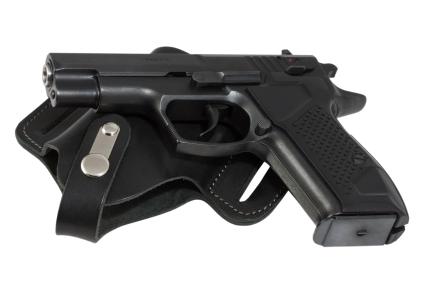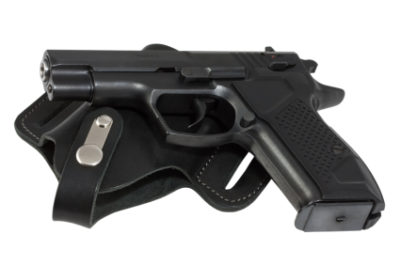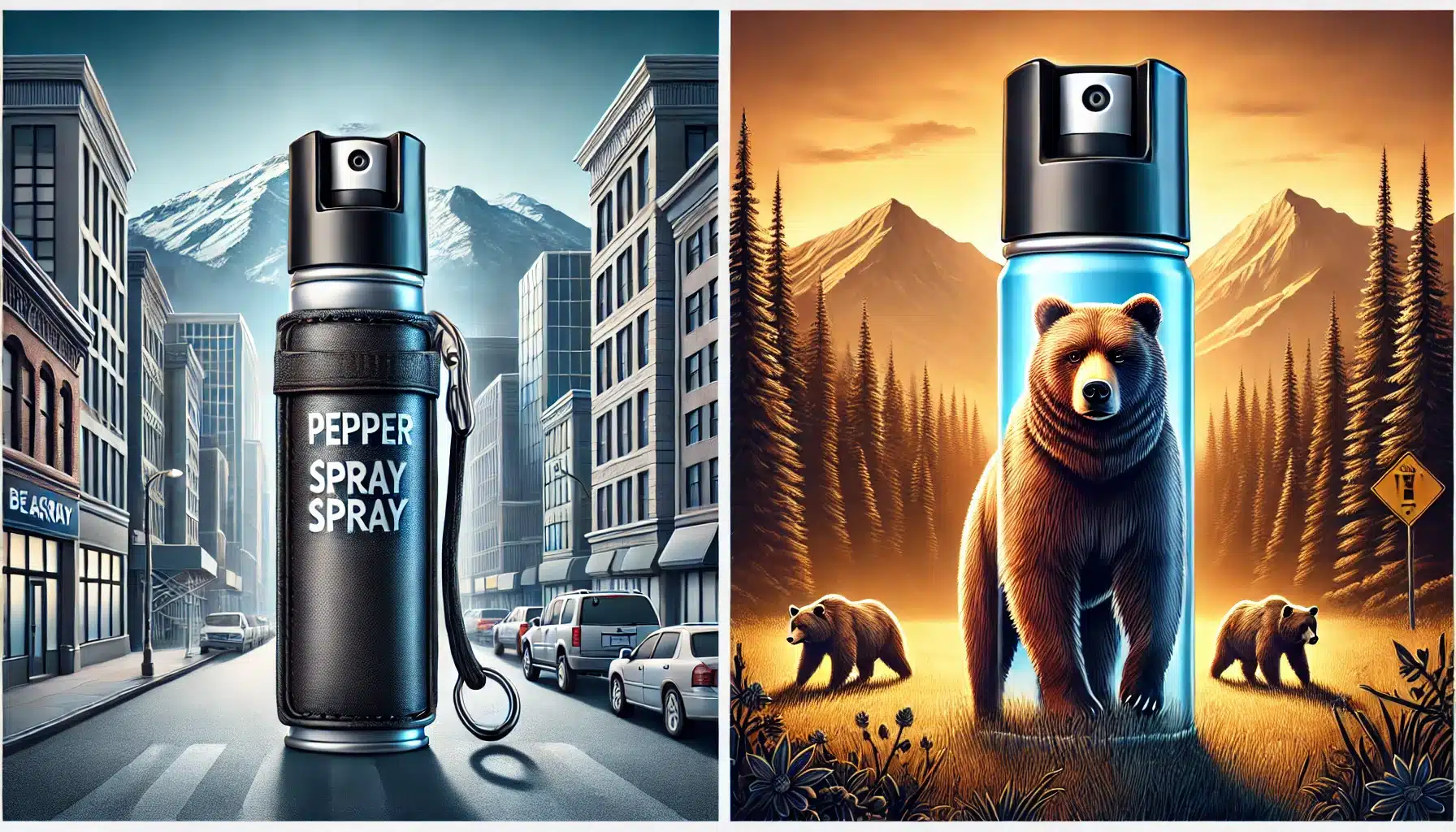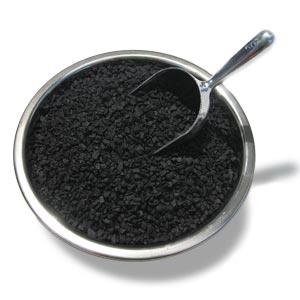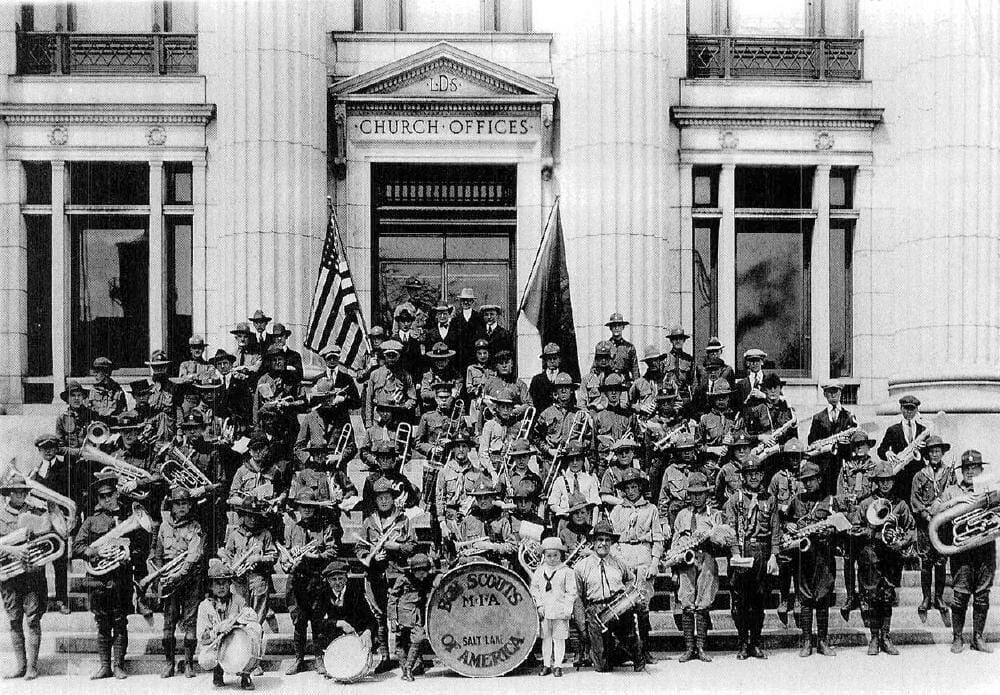Unless your game plan for an armed conflict is to carry your handgun in your hand, you should probably look into a good tactical holster. During the gunfight itself, you’ll clearly be using the weapon, but you’ll need somewhere to store it where it can be easily accessed when not in use. At this point you’re probably thinking to yourself, “I don’t plan on being in an armed conflict,” or perhaps “I’m not a police officer or soldier.” While these statements may be true, you still need a good tactical holster for your weapon. There are several good reasons for this, so read on!
What A Tactical Holster Is – And Is Not
As a prepper, survivalist, or tactical aficionado, there will be times when you favor concealment over function. Realize that anytime you endeavor to hide something on your person, be it a knife or gun, you instantly make it harder to access that weapon. It doesn’t matter how slick that concealment holster is, it’s never going to draw as fast as a good hip or thigh holster, and that is the start of the differences between a tactical holster and a concealment holster. A tactical holster:
- Is not about concealment; it’s about easy access.
- Is a retention holster with a beefy method to keep the pistol attached to your body unless you need to use it.
- Has strong, secure attachment points so that the entire rig will stay mounted to your body. There’s no point in retaining the weapon when it’s easy to just make off with the whole holster.
Let’s look at the points individually:
Access: Mounted right there on your hip or thigh. This serves a couple purposes. First and foremost, you can easily grab the weapon with a firm master grip while it is still in the holster, so you can be ready to go. Second, the whole world can see that you are armed. This is an intentional choice for very specific situations. In a grid-down societal collapse, cocked, locked, and ready to rock is the only way to go. Concealment is for the current society, where it’s unpalatable to let people know you are carrying.
Retention: Retention, after access, is the second most important feature in a holster. Forget lanyards, straps, or Velcro hold-downs. You need a proper synthetic molded holster that requires the push of a button or some other similar action to access the weapon. Actual discussion of individual retention systems is outside the scope of this article, but there are dozens of proprietary retention methods that allow one to obtain a proper grip on the butt of the weapon and then flick or push a button to release the gun. Many of these retention systems also are rated to several hundred pounds of pull strength, meaning that even in a benign situation where your weapon gets snagged on a tree branch, for example, you still won’t lose it. If you expect a violent situation in which you anticipate someone trying to go for your gun (very common), retention is for you!
Beefy Rig: Ideally, your tactical holster will have a super strong method of attaching to a belt. This means polymer belt loops with metal hardware or something equally strong. Resist the urge to go with a holster that does not have belt loops that are as strong as the holster itself. This, incidentally, excludes paddle type holsters, which are simply friction based systems – fine for concealment, not fine for duty or firefight use. Also, the supposition here is that you will mount the holster to a strong and sturdy belt. As stated before, there is no use in an uber-retention holster that can be ripped off your body easily.
Drop Leg or Hip Holster?
This discussion borders on religious for some, but there are good reasons to get both as they both have a very specific feature set:
Drop Leg Holster: Sometimes called a thigh rig, this puts the holster on the side of your thigh. Access to this holster is lightning fast, and this holster is an excellent choice when you are wearing heavy body armor that will preclude you from wearing a hip holster. It is also an excellent rig for use in a vehicle. On the downside, it tends to snag more on objects because it’s out there on your thigh. Also, it is easier for someone to grab the gun and harder to retain your gun because of the fact that the weapon, hanging down low, is so accessible.
Hip Holster: An excellent holster for duty use, a hip holster puts the weapon in a spot that makes it hard for someone to grab it – in the hollow of your waist, nice and high. Access is also very fast, and retention is good. On the downside, a hip holster is not an effective rig in a vehicle or while wearing heavy, external armor.
Remember, the mission always dictates the equipment. A good tactical holster will keep your weapon at your fingertips, while simultaneously keeping it out of someone else’s.
©2012 Off the Grid News


